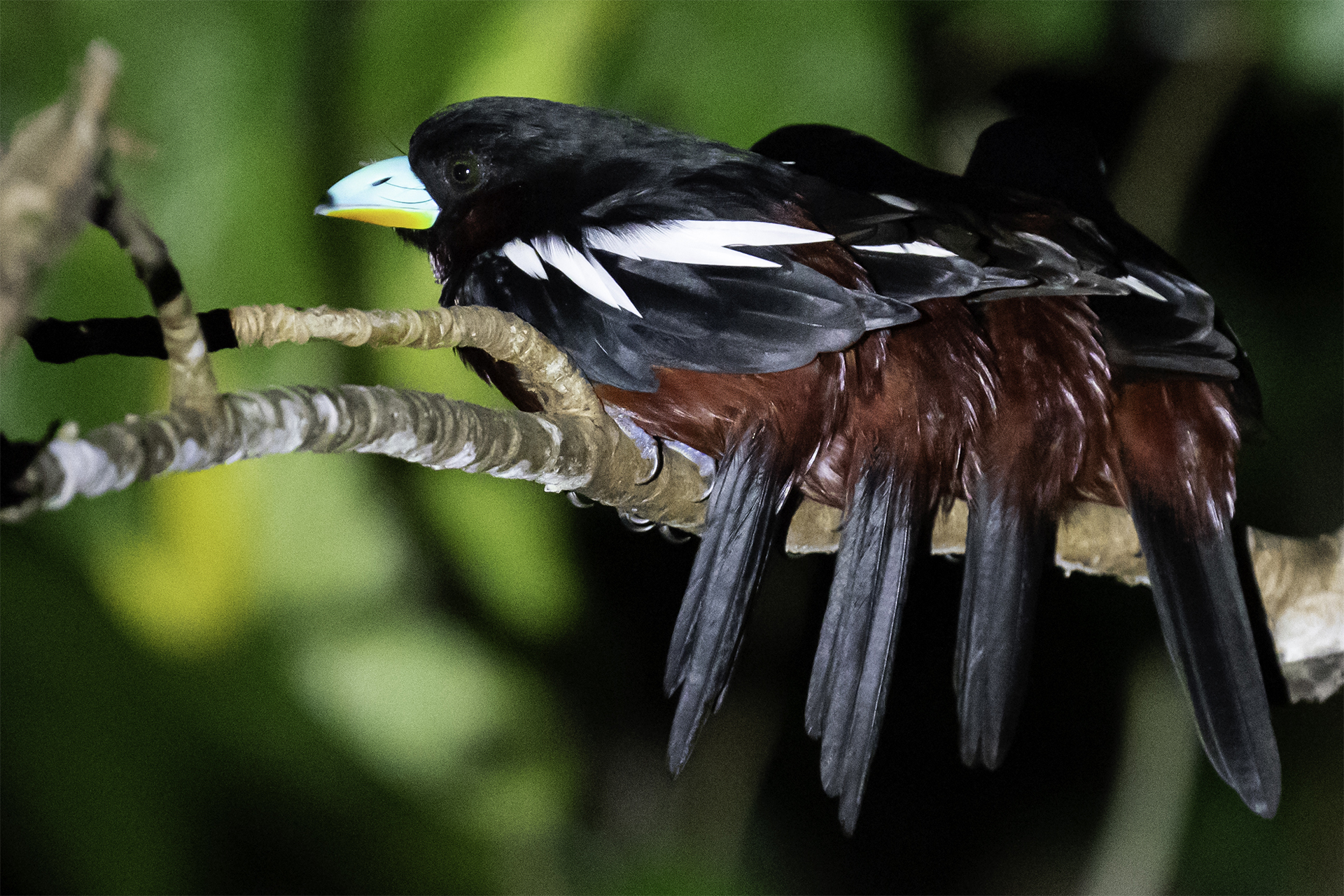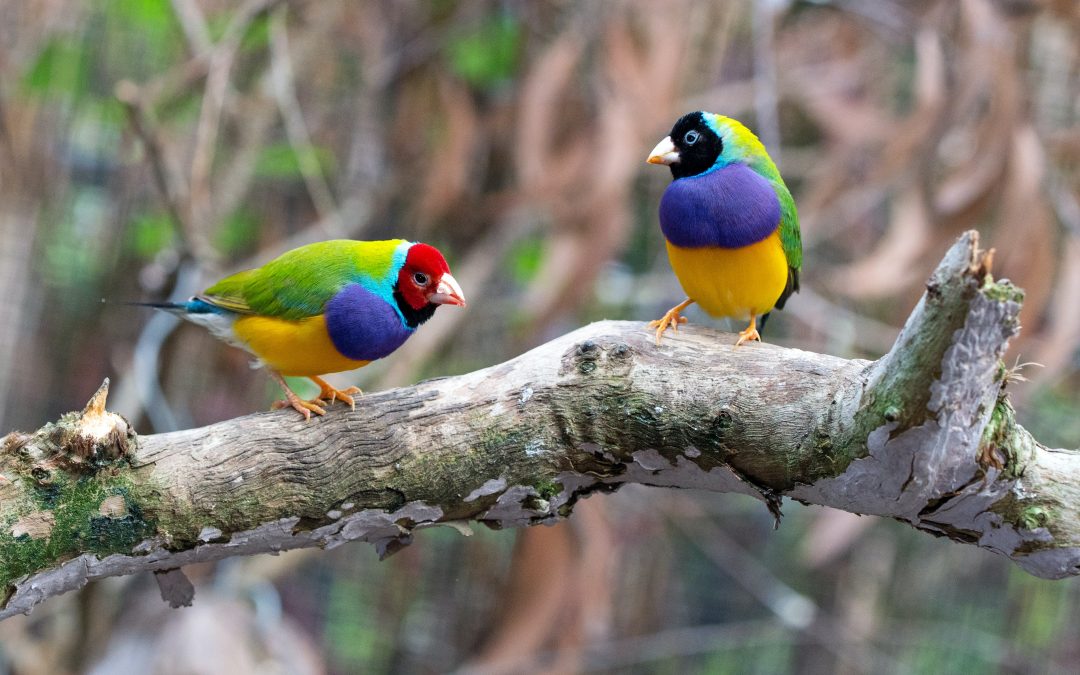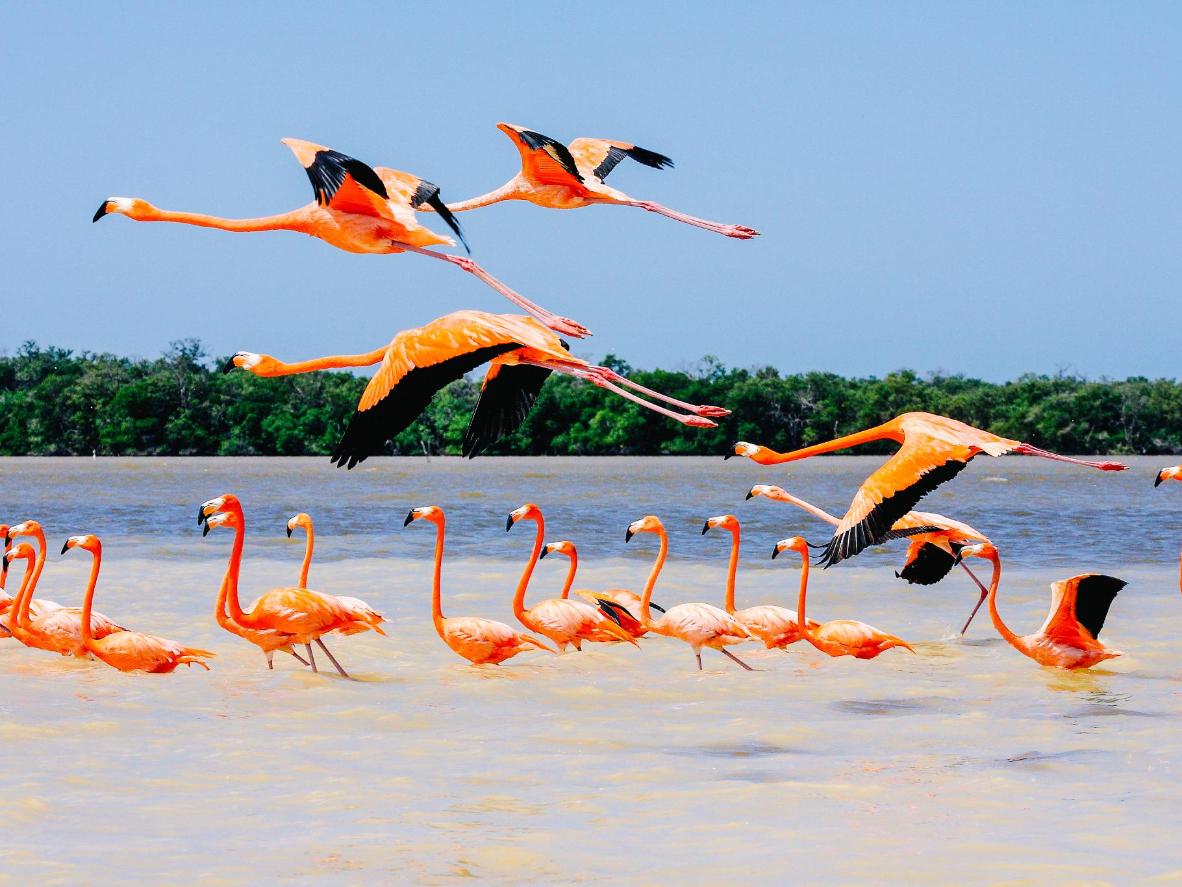The Mystery of Eleven Birds
It’s impossible to determine the value of eleven birds without knowing what kind of birds they are and their condition. If they are common pigeons, their value may be lower than if they were rare parrots or falcons. Furthermore, if the birds are sick or injured, their value decreases significantly.
In some cultures, certain birds hold symbolic meaning and are highly valued for cultural reasons rather than monetary worth. For example, in Chinese culture, cranes symbolize longevity and good fortune. As a result, eleven cranes would be considered priceless.
Ultimately, the mystery of eleven birds lies in the context in which they exist. Their value is dependent on various factors such as species, health status, cultural significance and even personal attachment from a bird enthusiast. Thus it is difficult to place an accurate price tag on them without considering these variables carefully.
Historical Significance:
Historical significance refers to the important contribution of a particular event or object in shaping history. In the context of exploring the value of eleven birds, it can be traced back to ancient times when birds were considered as highly valuable commodities. For instance, in ancient Rome and Greece, exotic birds such as peacocks and parrots were highly prized for their beauty and rarity.
Furthermore, throughout history, birds have been used for various purposes such as hunting, food, decorations, and even communication. For example, during World War I and II carrier pigeons were used to deliver messages across enemy lines. The significance of these birds cannot be overstated since they helped in saving countless lives.
In conclusion, historical significance is essential in understanding how certain objects or events played an integral part in shaping human history. The value placed on eleven birds may seem insignificant at present times; however, it is critical to appreciate the role that these creatures played in various cultures throughout history.
Birds in Mythology and Ancient Cultures
Birds have played a significant role in mythology and ancient cultures. In Greek mythology, the owl was seen as a symbol of wisdom and knowledge, while the phoenix represented rebirth and immortality. The Egyptians revered the ibis bird as sacred and believed it to be a symbol of Thoth, their god of writing, knowledge, and wisdom.
In Norse mythology, birds also held important roles. Odin had two ravens named Huginn (thought) and Muninn (memory) who would fly around the world and report back to him on what they had seen. The eagle was also an important symbol in Norse mythology, representing strength and power.
In some ancient cultures such as the Aztecs and Mayans, birds were even used for divination purposes. For example, interpreting how they flew or landed could predict future events or provide guidance.
Overall, birds have been woven into mythologies and cultures throughout history as symbols of different traits such as wisdom, strength or even used for prophecies in ancient times.
Symbolism:
Symbolism is the use of symbols to represent ideas or qualities. In the context of exploring the value of eleven birds, symbolism can be seen in the significance that each bird holds. For example, in some cultures, a flock of geese represents teamwork and loyalty as they fly together in formation. Similarly, swans are often associated with grace and beauty while owls symbolize wisdom.
The number eleven also holds symbolic meaning in various cultures. In numerology, it is considered a master number representing intuition and spiritual enlightenment. Additionally, many religions have significant associations with the number eleven including Christianity where it represents disorder and imperfection.
By examining the symbolism behind each bird and their collective value as a group of eleven, we can gain insight into their cultural significance and deeper meanings beyond just their physical worth. This highlights the importance of understanding symbolism to fully appreciate the richness and complexity of different cultures’ beliefs and traditions.
What Do Eleven Birds Represent?
In many cultures, birds are considered to be symbols of freedom and spirituality. It is believed that they possess the ability to transcend earthly limitations and soar towards higher realms. When it comes to numerology, the number 11 is considered to have a special significance as it represents intuition, higher consciousness, and spiritual awakening. Therefore, when we talk about eleven birds, we can assume that they represent an abundance of these qualities.
In some cultures like Native American or Celtic traditions, specific bird species are believed to hold symbolic meanings. For example, in Native American culture, eagles represent strength and courage while owls are associated with wisdom and intuition. Similarly, in Celtic mythology, swans are seen as messengers of love and transformation while ravens symbolize magic and prophecy. Therefore, the value of eleven birds would vary depending on which birds were present.
However, beyond cultural beliefs and symbolism lies a practical question – what would be the monetary value of eleven birds? This would depend on various factors such as species rarity or market demand for certain types of birds (such as exotic parrots). Ultimately though if you’re looking at the value purely from a material standpoint then their worth will be based on saleability in your local area’s pet industry or avian breeding circles.
Market Value:
Market value is a term used to describe the price at which an asset or product would sell in a given market. In the case of eleven birds, their market value would depend on various factors such as species, age, health, and demand. For example, if the eleven birds were rare and highly sought-after by collectors or breeders, their market value would be higher than if they were common species found in pet stores.
Determining market value is important for buyers and sellers alike as it helps them make informed decisions about pricing. Sellers want to maximize their profits by selling at a higher price point while buyers want to pay a fair price that reflects the actual worth of the item. Market value can also fluctuate over time due to changes in supply and demand or external factors such as economic conditions.
Ultimately, understanding market value is crucial when it comes to buying or selling any type of asset or product – even eleven birds. It requires research, analysis, and knowledge of current trends and conditions within a particular marketplace.
Cost of Owning Eleven Birds
Owning eleven birds can be a costly affair, and the expenses depend on several factors. The cost of buying the birds is one major factor, which can range from $10 to $500 per bird depending on the species. However, this is just a one-time expense as compared to ongoing costs such as food, housing, and medical care.
Food expenses can vary based on the type of bird feed you choose for your flock. On average, each bird requires 1-2 ounces of food per day, which can add up quickly when multiplied by eleven. Additionally, providing safe and spacious housing for all eleven birds may require investing in larger cages or aviaries that can cost upwards of $1000.
Medical care for birds is another significant cost that cannot be overlooked. Regular check-ups with avian vets are highly recommended to ensure their health and well-being. This could involve additional costs such as vaccinations or medications if any bird falls ill.
Overall, owning eleven birds requires a significant investment of both time and money. However, if done right with proper care and maintenance routines in place from the beginning it’s possible to enjoy these beautiful creatures without breaking the bank!
Conservation Efforts:
Conservation efforts are critical in preserving and protecting endangered species, such as the eleven birds mentioned in this article. These efforts can take many forms, including habitat restoration, captive breeding programs, and public education campaigns. Habitat restoration involves restoring natural habitats that have been damaged by human activities or natural disasters. This can include planting native plants and trees, removing invasive species, and improving water quality.
Captive breeding programs involve breeding endangered animals in captivity with the goal of reintroducing them into their natural habitats. This helps to increase population numbers and genetic diversity. Public education campaigns focus on raising awareness about the importance of conservation efforts and educating people on how they can help protect endangered species.
Overall, conservation efforts are essential for protecting wildlife and preserving biodiversity. It is important to recognize the value of each individual animal as well as their role in maintaining a healthy ecosystem. By supporting these initiatives through volunteering, donations or lifestyle changes we can make a significant contribution towards ensuring a sustainable future for all living beings on our planet.
Protecting Bird Populations and Habitat
Protecting bird populations and their habitats is essential for preserving biodiversity and maintaining a healthy ecosystem. One way to protect bird populations is through conservation efforts that aim to reduce habitat loss, fragmentation, and degradation. Habitat loss can occur due to deforestation, urbanization, agricultural activities, climate change, and other human-induced factors.
In addition to protecting habitats, it is also important to reduce the threat of predation by invasive species such as rats or cats. Conservation organizations can work with government agencies and local communities to create programs that promote responsible pet ownership and enforce regulations against the release of non-native animals in natural areas.
Overall, protecting bird populations requires a multi-faceted approach that includes conservation efforts at both the individual and community level. By safeguarding critical habitats from human encroachment and reducing threats from invasive predators, we can help ensure the survival of these valuable members of our ecosystem.
Conclusion:
In conclusion, the value of eleven birds can vary greatly depending on several factors. If the birds are common species found in a pet store, their value may be relatively low. However, if the birds are rare or exotic species that require special care and attention, their value can increase significantly. Additionally, factors such as age, health status, and whether they have been trained to perform certain behaviors can also impact their value.
Ultimately, the true value of eleven birds is subjective and depends on the perspective of the individual who is evaluating them. For someone who loves birds and has a passion for caring for them, eleven birds could be priceless. However, for someone with no interest in owning or caring for birds, they may not see any value in them at all.
Overall, it is important to remember that every living being has inherent worth and should be treated with respect and consideration regardless of their perceived monetary value.
The Importance of Appreciating the Value of Nature
Eleven birds may seem like a small number, but their value extends beyond just their physical presence. Birds play an important role in pollination and seed dispersal, which is crucial for maintaining the biodiversity of ecosystems. They also help control pests and disease by consuming insects and other harmful organisms.
In addition to their ecological importance, birds have cultural and recreational value. Birdwatching is a popular hobby that contributes to tourism and local economies. Their songs are also appreciated for their aesthetic qualities, inspiring art and music.
Appreciating the value of nature means recognizing the interconnectedness of all living things and understanding how they contribute to our well-being. By protecting birds and other wildlife, we can ensure the health of our planet for future generations.



